Technologies of its time and obvious shortcomings: Henschel Hs-117 Schmetterling air defense systems (Germany)
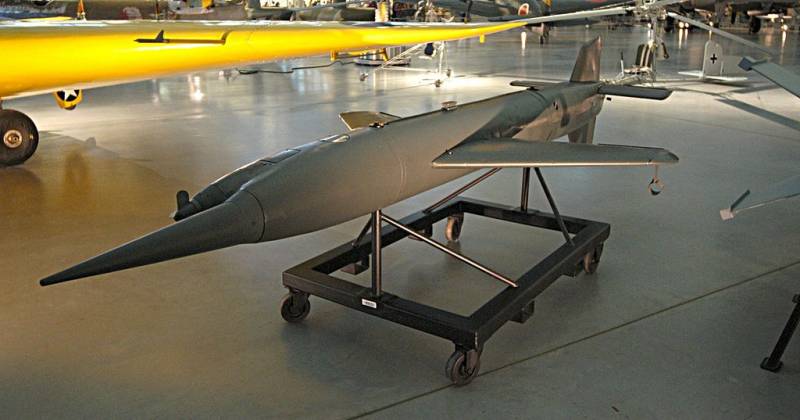
Rocket Hs-117 in one of the foreign museums
During the Second World War in Nazi Germany, several projects of anti-aircraft missile systems were developed in parallel. With their help, in the future it was planned to deal with large formations of enemy bombers. One of the projects of this kind was created by Henschel and bore the designation Hs-117 Schmetterling. It was based on several interesting ideas, but the available level of technology sharply limited the potential of the complex.
Short story
In the early forties, engineers at Henschel Flugzeugewerke, led by Professor Herbert Alois Wagner, took up the subject of remote-controlled aircraft. In particular, it was decided to develop a guided anti-aircraft missile to supplement or even replace existing guns. However, at that time the leadership of the Luftwaffe was not interested in this idea and did not support the project.
Already in 1943, the potential customer himself took the initiative and resumed work on the topic of air defense systems - the reason for this was massive aviation strikes of the anti-Hitler coalition. As a result, several German enterprises at once, including Henschel, received orders to develop anti-aircraft missile systems to combat enemy bombers.
G. Wagner returned to the old project and finalized it using new solutions and technologies. The promising rocket received the Hs-117 index and the name Schmetterling (“Butterfly”). According to some reports, during the development, some of the key ideas were borrowed from the Italian DAAC air defense system project, while other components were created independently. The project was ready in the spring of 1944, after which they prepared and began testing.
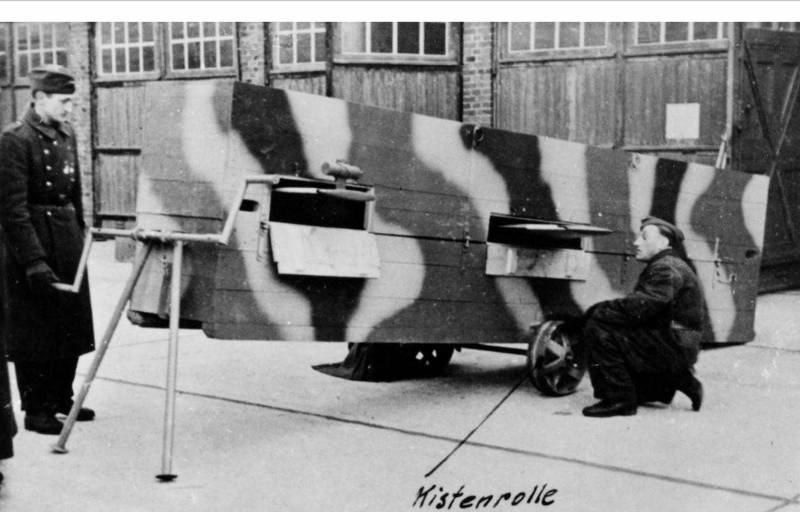
Rocket in a shipping container
The first test launches of the rocket took place in May 1944. They were carried out at a land test site using a stationary launcher. They also tested an aircraft modification of the Hs-117H missile, which was carried by a converted He-111 bomber. For several months, about 60 launches were completed, incl. for training air targets. About half of the launches were considered successful, while the rest ended in accidents of various kinds.
At the very end of 1944, the development company received an order for the production of advanced air defense systems with the delivery of the first products in March of the following year. In the future, we planned to reach a pace of approx. 3 thousand missiles per month. However, by this time the outcome of the war was clear. In order to save resources and due to the impossibility of fulfilling all plans, all work on the Schmetterling was stopped in the first weeks of 1945.
The documentation for the Hs-117 project, along with some experimental and pre-production products, went to the winners. They have been scrutinized but not highly rated. Almost all the main technologies of the project were criticized. Only France tried to use the German air defense system as the basis for its own similar project.
Advanced technologies
In accordance with the project, the Henschel Schmetterling complex was supposed to include a guided missile, several types of launchers, an operator control station, a unit command post, auxiliary equipment, etc. In addition, the possibility of creating an aviation version of the rocket was studied.
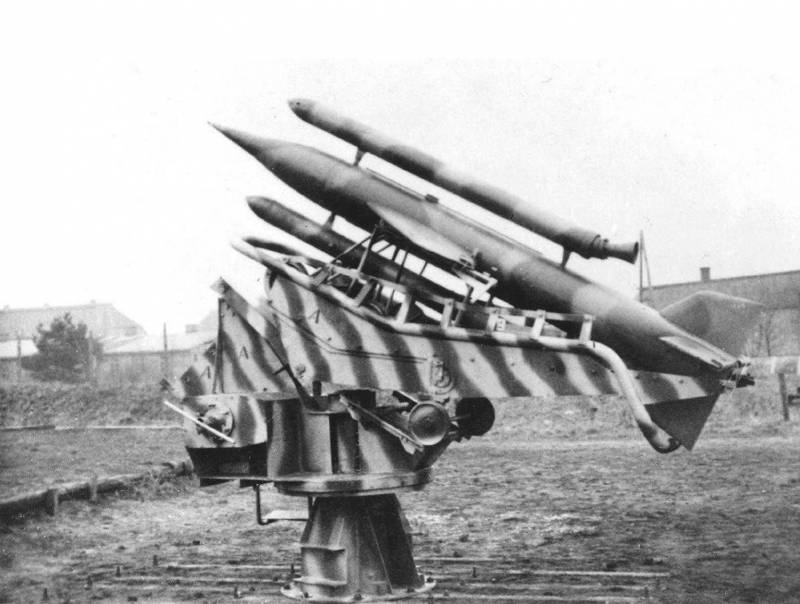
Stationary launcher ready to launch
The Butterfly rocket was built according to the scheme of a projectile aircraft. An elongated spindle-shaped fuselage with a forked warhead was used. A non-contact radio fuse and a warhead weighing 25 kg were placed in a long pointed fairing on the left, and an electric generator with an impeller was placed in a short one on the right. The rocket received a swept wing and tail with control surfaces. The total length of the product reached 4,2 m with a diameter of 350 mm. Wingspan - 2 m. Launch weight of the rocket without additional funds - 420 kg.
To take off from a ground guide, the rocket had to use two solid-propellant engines mounted on top and bottom of the fuselage. The product itself received a BMW 109-558 liquid engine, which ran on Tonka-250 fuel (a mixture of triethylamine and xylidines) and nitric acid. Engine thrust reached 375 kgf, fuel was enough for 33 seconds. work.
During the tests, the rocket showed an average speed of at least 250-270 m / s. The maximum slant range reached 32 km. On tests, the rocket rose to a height of more than 10 km; According to calculations, great heights could also be reached.
The missile received radio command guidance. Directly on board there were only a command receiver and steering machines. In addition, a tracer was provided in the tail to monitor the flight from the ground. Launch and guidance were to be controlled by two operators located at the ground control station. The first operator, using an optical device, had to accompany the target and keep it in sight. The task of the second operator was to keep the rocket on a given line of sight with the help of joysticks.
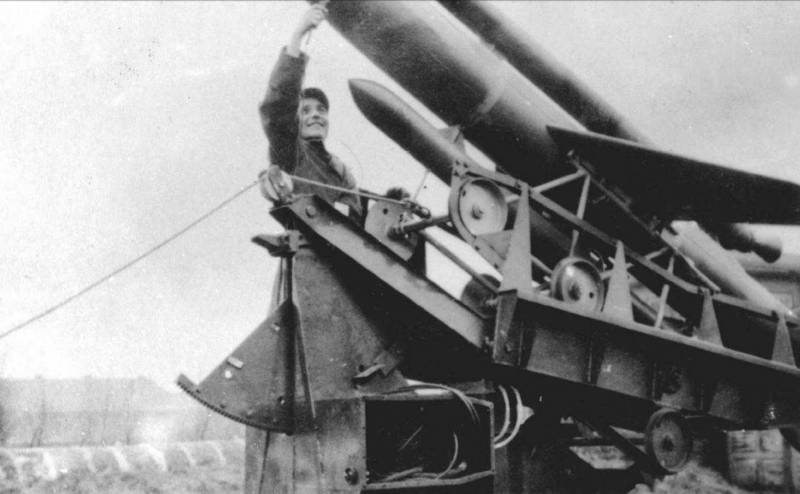
The operator had to direct the rocket to the formation of enemy aircraft. The non-contact radio fuse was set to fire 5-8 m from the target in the form of a bomber. A 25-kg high-explosive fragmentation warhead should have been enough to destroy or damage several aircraft at once.
Weak spots
The Hs-117 Schmetterling project was faced with difficult tasks, for the solution of which it was necessary to use not the most advanced technologies of the early forties. However, Henschel coped with the creation of the project and even brought it to the test. The test results turned out to be far from expected, but further refinement of the complex in theory made it possible to increase the percentage of successful interceptions.
It is easy to see that the "Butterfly" had several important features that had a positive effect on the potential of the complex. First of all, this is the very fact of bringing the project to production and launches, incl. defeating learning targets. In addition, the rocket showed fairly high performance - it could hit targets at a considerable distance and height, and in this respect surpassed any artillery systems. With all this, only mastered tools and systems were used, which could simplify production and operation.
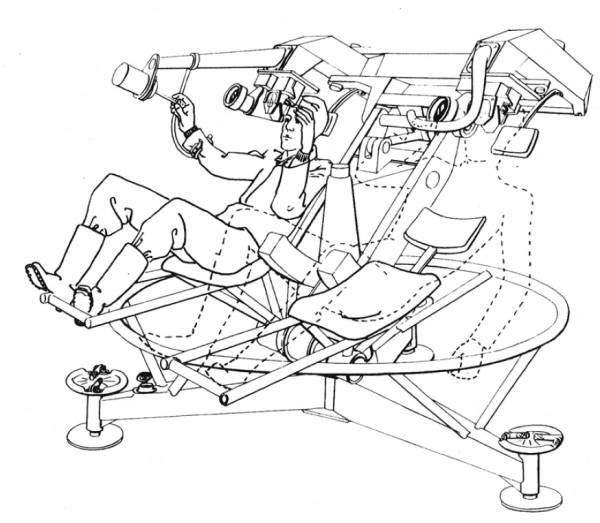
Control station. An operator is shown controlling the flight of a rocket
However, the complex with the Hs-117 missile had a number of weaknesses and problems. It was they who showed up in the tests, and also negatively affected the preparation of production. If the air defense system had reached operation, they would have limited its combat capabilities and ruined the results of its use.
A potential source of problems was the LRE and its fuel. At that time, there were no ampoule technologies, and the rocket could not stand on duty for a long time in a refueled form. The need for regular draining of components and preparation for a new refueling should have seriously complicated the operation of the air defense system. In addition, the presence of tanks or tankers with fuel on the launch pad increased the risk of fire and vulnerability to enemy strikes.
A number of reasons for criticism were given by the guidance system used with the control of the operator's forces. So, the operators had to follow the target visually; there were no other means of detection and tracking. As a result, missiles could not be used in the presence of clouds and other interference.
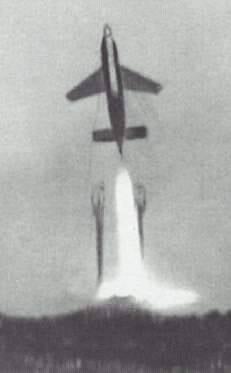
Start "Butterflies"
Manual control of the rocket was not very efficient. To hit a relatively slow missile, even a large target in the form of a formation of bombers, a special skill was required. Its development, in turn, required time and a certain amount of ammunition, even training ones.
Commands were transmitted to the rocket by radio, at fixed frequencies. This made the German air defense system vulnerable to interference. During the Second World War, successful experiments in the field of electronic warfare were already carried out, and the appearance of missiles with radio command control would lead to the equipping of bombers with jamming stations. It is not known whether Henschel and allies would have been able to protect the missiles from interference.
Questionable results
Thus, the Hs-117 Schmetterling project and a number of other German developments showed the fundamental possibility of creating an anti-aircraft missile. It was also possible to demonstrate the defeat of a real air target. However, the set design tasks were solved due to imperfect technologies and components of their time, which sharply limited the practical value of such complexes.
However, it was not possible to test all these "wunderwaffes" in battle. Since 1943, German industry has been devoting time and valuable resources to developing and launching the production of air defense systems and missiles for them. At this time, the Red Army was advancing, and the Allies continued their bombardment. By the scheduled start of the production of "Schmetterling", etc. the outcome of the war was already determined, and now no missiles could influence it.
Information